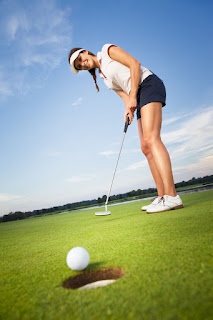Students need to perform different locomotor skills in kindergarten. The locomotor skills include: walking, running, skipping, galloping, hopping, jumping, sliding, walking backwards, and leaping. Students are learning these skills at it could take lots of practice to develop the skills necessary to complete all of the locomotor skills.
A walk is a slow locomotor skill where one foot is always on the ground. As the left foot is on the ground the right foot is in the air moving forward. Then the right foot makes contact with the heal first as the left foot moves forward in the air.
A run is a faster locomotor skill. During a run, the feet are both in the air at the same time. The feet alternate moving forward during the skill.
Skipping is a locomotor skill that requires the students to alternate their motion from the left side to the right and then continue to alternate from left to right. Students can help learning the skills by using the phrases "Step on a Bug, Hop on a Frog." The students will step with their left foot, then hop on their left foot, then step on their right foot and then hop on their right foot. This will continue alternating from the left to the right for the entire time of skipping.
Galloping is a skill that can be performed with either foot as the lead. One foot is placed in front of the opposite foot. The front foot takes a large step forward while the second foot stays in place. The back foot then takes a step forward but always stays behind the front foot.
Hopping is a one footed skill. Students stand on one foot and will hop with the one foot. The opposite foot is bent at the knee and trailing behind the back of the student.
Jumping is a two footed skill. Students will stand with both feet together and will jump with both feet together. The students should work on using their knees as shock absorbers so that they can protect themselves from injury.
A slide is a sideways movement. The students will move to their right or their left with the appropriate shoulder leading the direction of the slide. If they are moving to the left, the left shoulder will be leading the motion. The left foot will reach out to the left side to take a step. The right foot will then take a step next to the left foot. Students should be taught not to touch their shoes during this skill as it can cause them to trip.
A leap is when a student leaves the ground off of one foot (i.e. left foot) and will land on the opposite foot (i.e. right foot). Think of having a student run and leap over a hurdle during a race.
https://www.youtube.com/watch?v=GN1cjZwqS8Y
CHALLENGE: https://view.genial.ly/5bf94166df566c01aea57a89/la-batallita-del-quijote
https://www.youtube.com/watch?v=GN1cjZwqS8Y
CHALLENGE: https://view.genial.ly/5bf94166df566c01aea57a89/la-batallita-del-quijote














